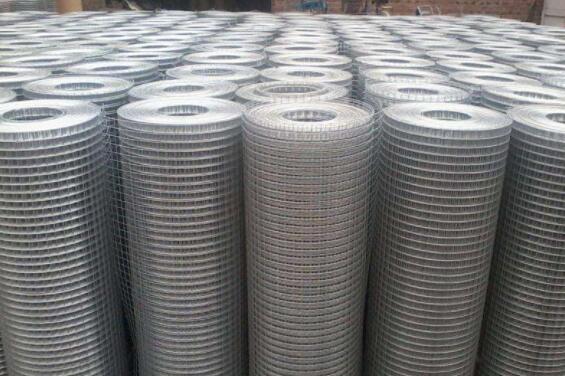Understanding Cold Drawn Wire A Comprehensive Overview
Cold drawn wire is a specialized type of metal wire that has undergone a unique manufacturing process to enhance its mechanical properties and dimensional accuracy. This wire is commonly used in various industries, including automotive, construction, and aerospace, due to its superior strength, surface finish, and precision. In this article, we will explore the cold drawing process, applications, advantages, and the overall significance of cold drawn wire in modern manufacturing.
What is Cold Drawing?
Cold drawing is a metalworking process that involves pulling a wire through a die to reduce its diameter and increase its length without the use of heat. The process begins with a wire rod, typically produced through hot rolling or extrusion, which is then fed into a series of dies. As the wire passes through these dies, it experiences plastic deformation, which refines its structure and enhances its properties.
The cold drawing process can be performed in multiple passes, allowing for significant reductions in wire diameter and improvements in mechanical properties. The wire's finer grain structure contributes to better tensile strength, hardness, and elongation, making it suitable for a plethora of applications.
Applications of Cold Drawn Wire
Cold drawn wire finds use in various sectors due to its impressive mechanical properties. Some notable applications include
1. Automotive Industry Cold drawn wire is extensively used in the production of automotive components, such as springs, wire rods, and fasteners. Its strength and precision are crucial for the safety and performance of vehicles.
2. Construction In the construction industry, cold drawn wire is used for reinforcing concrete structures and making pre-stressed concrete items. The wire’s ability to withstand high levels of tension makes it an ideal choice for these applications.
3. Aerospace The aerospace sector demands materials that can endure extreme conditions. Cold drawn wire is utilized in manufacturing aircraft components, including cables, wires, and other structural parts, due to its superior strength-to-weight ratio.
cold drawn wire

5. Manufacturing In various manufacturing processes, cold drawn wire serves as a raw material for producing consumer goods, machinery, and tools, demonstrating its versatility across different domains.
Advantages of Cold Drawn Wire
The cold drawing process offers several advantages that contribute to the popularity of cold drawn wire
- Enhanced Mechanical Properties Cold drawn wire exhibits higher tensile strength and yield strength compared to hot rolled wire, making it more resistant to deformation under stress.
- Dimensional Accuracy The cold drawing process ensures tight tolerances and consistent dimensional specifications, reducing the need for additional machining.
- Superior Surface Finish Cold drawn wire typically has a smooth surface finish, which is essential for applications requiring minimal friction and better aesthetic qualities.
- Improved Fatigue Resistance The refined grain structure achieved through cold drawing provides enhanced resistance to fatigue, allowing the wire to perform better under cyclic loading conditions.
- Reduced Costs The efficiency of the cold drawing process can lead to lower production costs, benefiting manufacturers and end-users alike.
Conclusion
Cold drawn wire is an essential material in today’s manufacturing landscape, offering outstanding mechanical properties and versatility across various applications. As industries continue to demand stronger and more reliable materials, the significance of cold drawn wire is only expected to grow. With advancements in productive techniques and the pursuit of higher performance standards, cold drawn wire will remain a pivotal component in the development of innovative solutions across multiple sectors, cementing its role in the future of engineering and manufacturing.

















